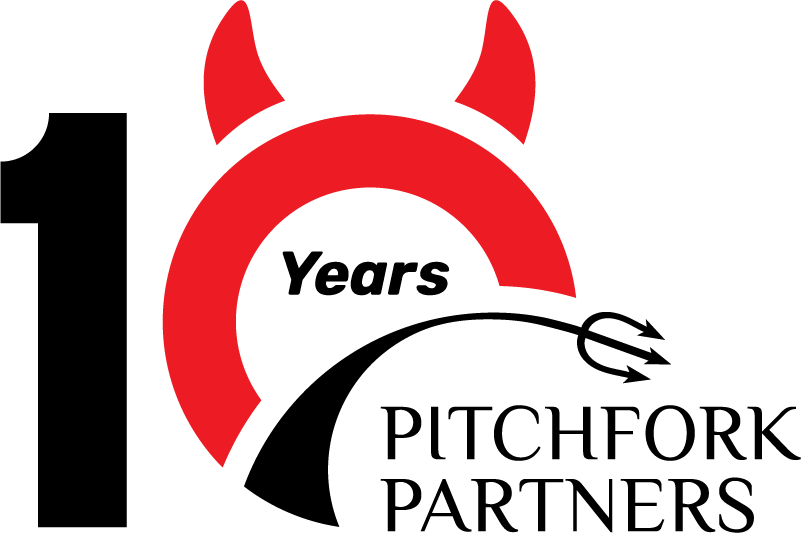
Communications industry must let go of its obsession with media relations:Jaideep Shergill
Till the beginning of 2020 or until March 2020, the PR business was buzzing and everyone was very optimistic to end the year on a good note. But the unprecedented pandemic wave crippled and disrupted the entire industry like any other industry. Gloom started setting in from April 2020, when clients became cautious and tightened their budgets. Hiring came to a standstill and in some cases salary cuts were imposed in some organisations across levels. While things have eased out, it will be a long haul to reach pre-COVID-19 levels, as cases of COVID still continue.
Jaideep Shergill, Co-Founder Pitchfork Partners, recounts some of the challenges and key developments in the PR industry during 2020 and the outlook for 2021.
Disruptions & developments
The year began with economic growth slowing to worrying levels, and then came the COVID-19 pandemic. The lockdown hit the brakes on most industries and economic growth fell off a cliff. India went on to experience its first ever technical recession.
No industry was spared the carnage. As revenues dried up, so did marketing budgets. The communication industry was badly hit by dipping revenues and client withdrawals.
Here are some key developments and learnings:
- The shift to digital has been accelerated and audiences have changed forever
- The communications industry must let go of its obsession with media relations as its only tool. If you don’t have an integrated offering, you may as well shut shop
- The new way of working – remote-only or hybrid – is here to stay. It’s different, but offers huge cost savings and efficiencies
- Speaking of costs, we must look for smart investments in our business. Money isn’t sloshing around by the bucketful anymore. Each rupee must count
- If we don’t see ourselves as strategic and consultative partners, and transform accordingly, we won’t last
Outlook for PR industry in 2021
Things seem to have stabilised and the free fall arrested – even if growth is a distant possibility. The focus is to consolidate as much as possible and transform our business quickly so that it’s ready for a post-pandemic consumer, industry and economy.
A few predictions:
The media and audience landscape will alter forever: The pandemic has re-moulded the media industry. Even earlier, there was a steady shift of audiences to digital platforms. That trend has now been accelerated. The new trends in media consumption include greater collective viewing – as entire families stay at home and work from there – and the emergence of new prime times, such as around noon. Several newspaper titles have shut altogether while others have closed editions and bureaus.
So, as a communication consultancy, when we plot media strategy for our clients, we will deal with a new reality. We have to be able to understand the media being consumed, how and when that happens, and how brands can engage with them to reach their audiences. We will have to understand also how audiences’ expectations have changed. What will they expect from brands now and how we can help clients fulfil those expectations?
We will need new revenue streams: We can no longer afford to be casual about offering integrated solutions. We will have to deliver via paid, earned, shared and owned platforms – depending on what the client’s objectives are. And by this I mean the client’s business objectives.
Success lies at the intersection of technology and content: The future lies in using technology – from new platforms to data – to reach the right audiences quickly and in a cost-effective manner. Therefore, we will have to know how to createrelevant content that can be personalised and targeted through programmatic tools.
We will need to display RoI better: Today, clients are trying to figure out how engaging with us will help them achieve critical business objectives. That is why we’re engaging a lot more with CEOs and boards now. That is also why we are now part of business planning a lot more than we used to be. The question is how do we show that our work helps with business priorities. We’ll need to figure out the answer soon.
Talent will matter even more: There has never been a dearth of applicants for jobs. There has, however, always been a dearth of applicants with the skills required for communication in this age. The need is even more urgent now. We simply will not be able to deliver without the expertise this new world of business requires.








